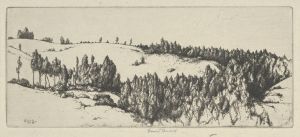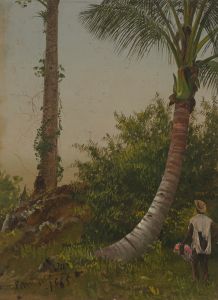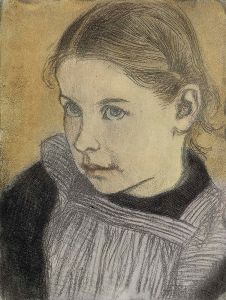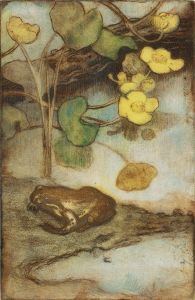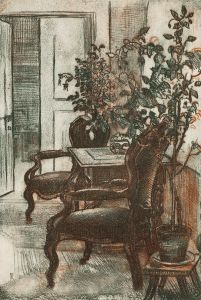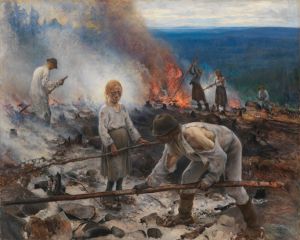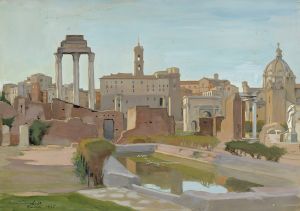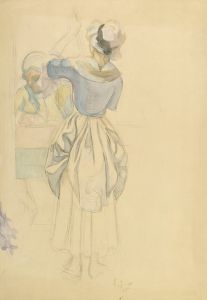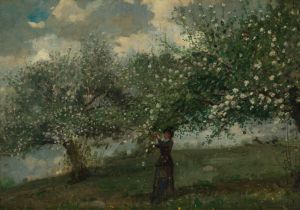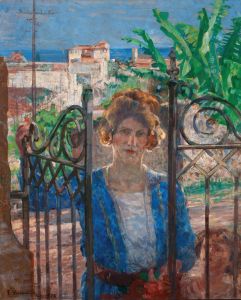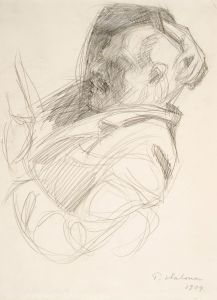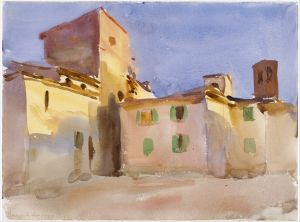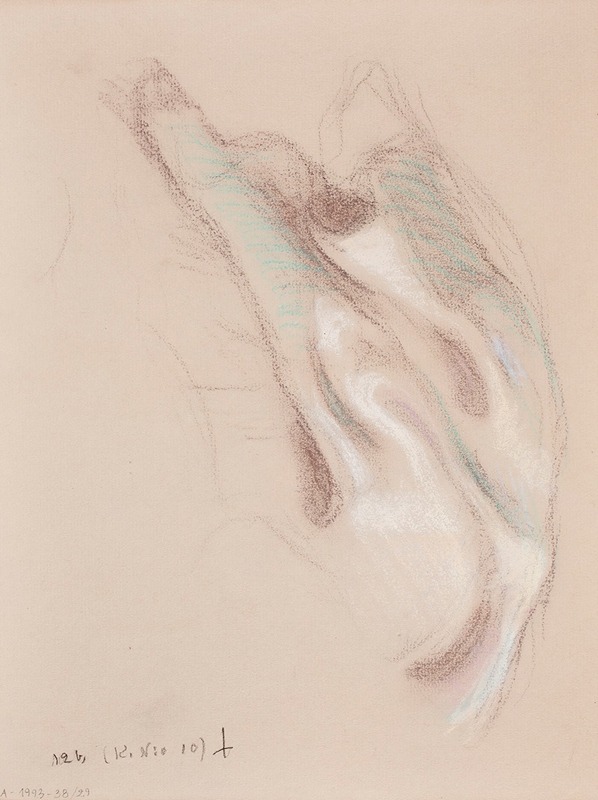
Kankaan poimuja. Todennäköisesti
A hand-painted replica of Eero Järnefelt’s masterpiece Kankaan poimuja. Todennäköisesti, meticulously crafted by professional artists to capture the true essence of the original. Each piece is created with museum-quality canvas and rare mineral pigments, carefully painted by experienced artists with delicate brushstrokes and rich, layered colors to perfectly recreate the texture of the original artwork. Unlike machine-printed reproductions, this hand-painted version brings the painting to life, infused with the artist’s emotions and skill in every stroke. Whether for personal collection or home decoration, it instantly elevates the artistic atmosphere of any space.
Eero Järnefelt was a prominent Finnish painter, known for his contributions to the Golden Age of Finnish Art. Born in 1863, Järnefelt was part of a family that was deeply involved in the arts and culture, which influenced his development as an artist. He studied at the Academy of Fine Arts in Helsinki and later in Paris, where he was exposed to various artistic movements that shaped his style.
"Kankaan poimuja. Todennäköisesti" is one of Järnefelt's works, though specific information about this painting is limited. Järnefelt is best known for his realistic and detailed landscapes, often depicting the Finnish countryside and its people. His works are characterized by a deep appreciation for nature and a commitment to portraying the everyday life of Finnish people with authenticity and respect.
Throughout his career, Järnefelt was associated with the Realism movement, which sought to depict subjects truthfully without embellishment or interpretation. This approach is evident in his most famous work, "Under the Yoke (Burning the Brushwood)" (1893), which portrays the harsh realities of rural life in Finland. The painting is celebrated for its meticulous detail and emotional depth, capturing the struggle and resilience of Finnish peasants.
Järnefelt's artistic philosophy was influenced by his time in Paris, where he encountered the works of the Barbizon School and other realist painters. This exposure reinforced his commitment to realism and his focus on the natural world. He was also influenced by the Finnish nationalist movement, which sought to promote Finnish culture and identity during a time of Russian dominance.
In addition to landscapes, Järnefelt painted portraits and genre scenes, often featuring members of his family and close friends. His portraits are noted for their psychological insight and technical skill, capturing the essence of his subjects with sensitivity and precision.
Järnefelt's contributions to Finnish art extend beyond his paintings. He was an influential teacher and mentor to many younger artists, serving as a professor at the University of Art and Design Helsinki. His impact on Finnish art and culture was significant, helping to shape the direction of Finnish painting in the late 19th and early 20th centuries.
While specific details about "Kankaan poimuja. Todennäköisesti" are scarce, it can be assumed that the painting reflects Järnefelt's broader artistic themes and techniques. His works often explore the interplay between humans and nature, emphasizing the beauty and challenges of the Finnish landscape.
Eero Järnefelt passed away in 1937, leaving behind a rich legacy of art that continues to be celebrated in Finland and beyond. His paintings are held in high regard for their technical excellence and their ability to convey the spirit of Finnish life and landscape.





